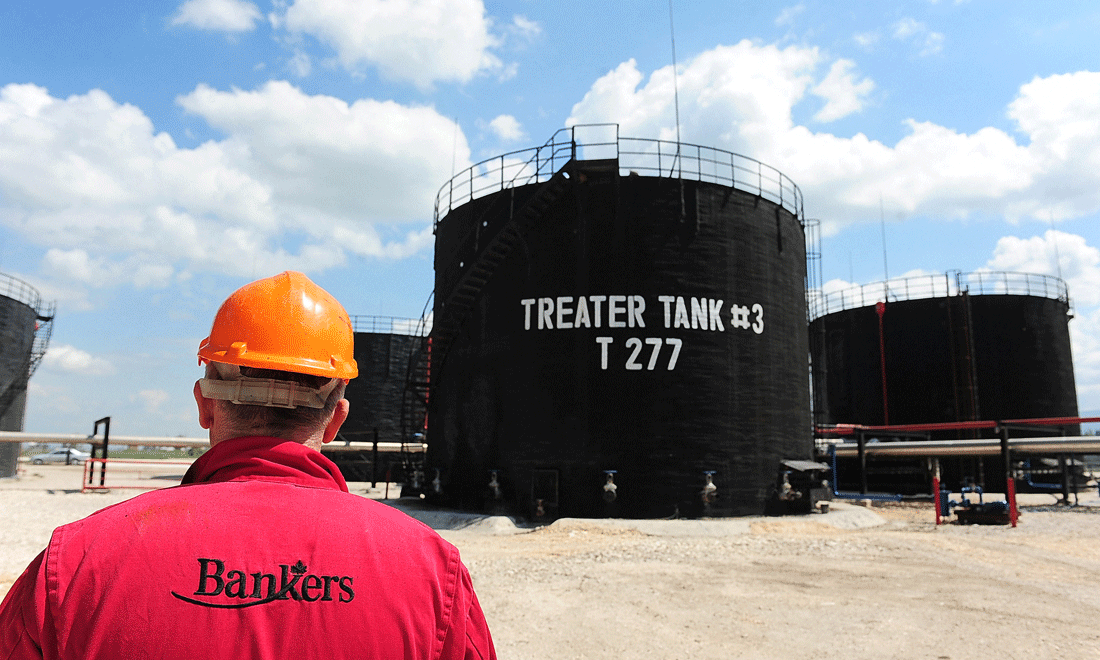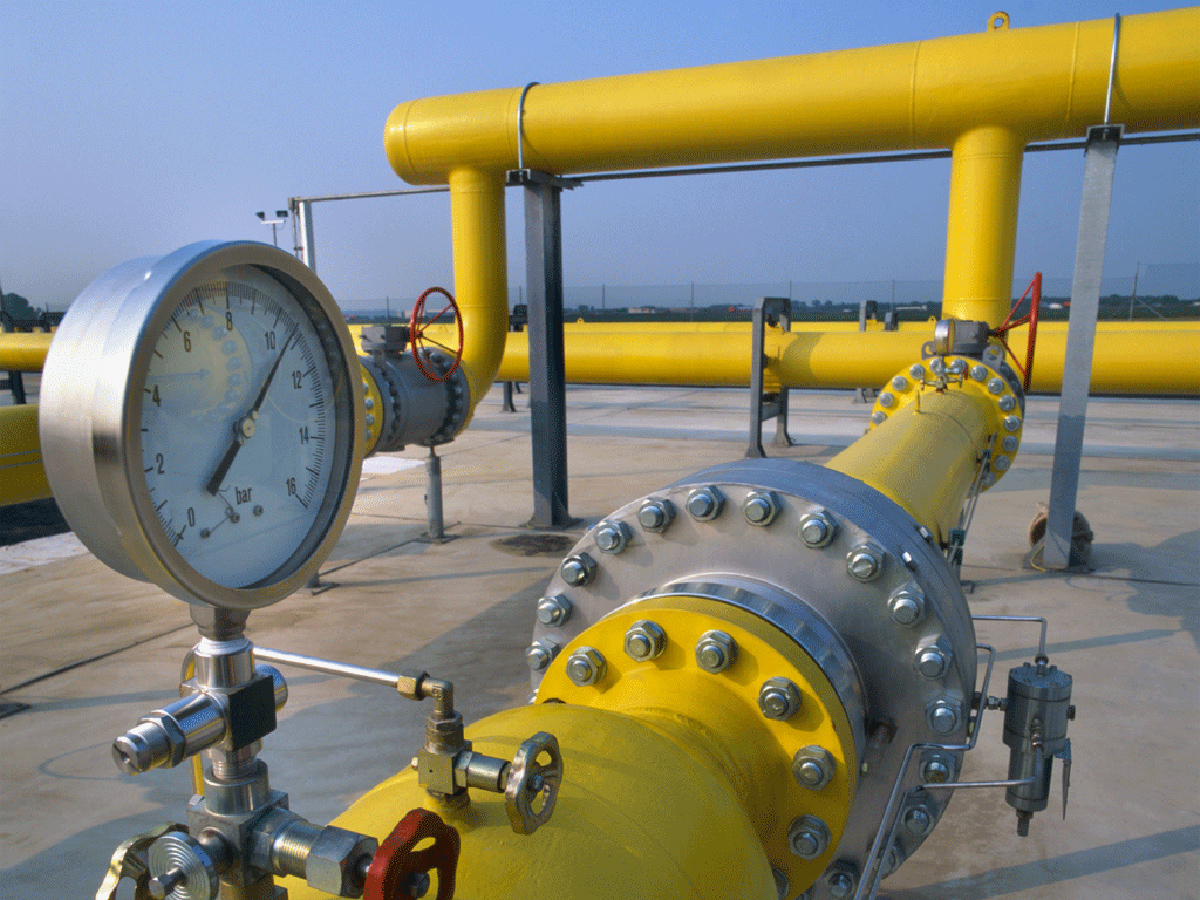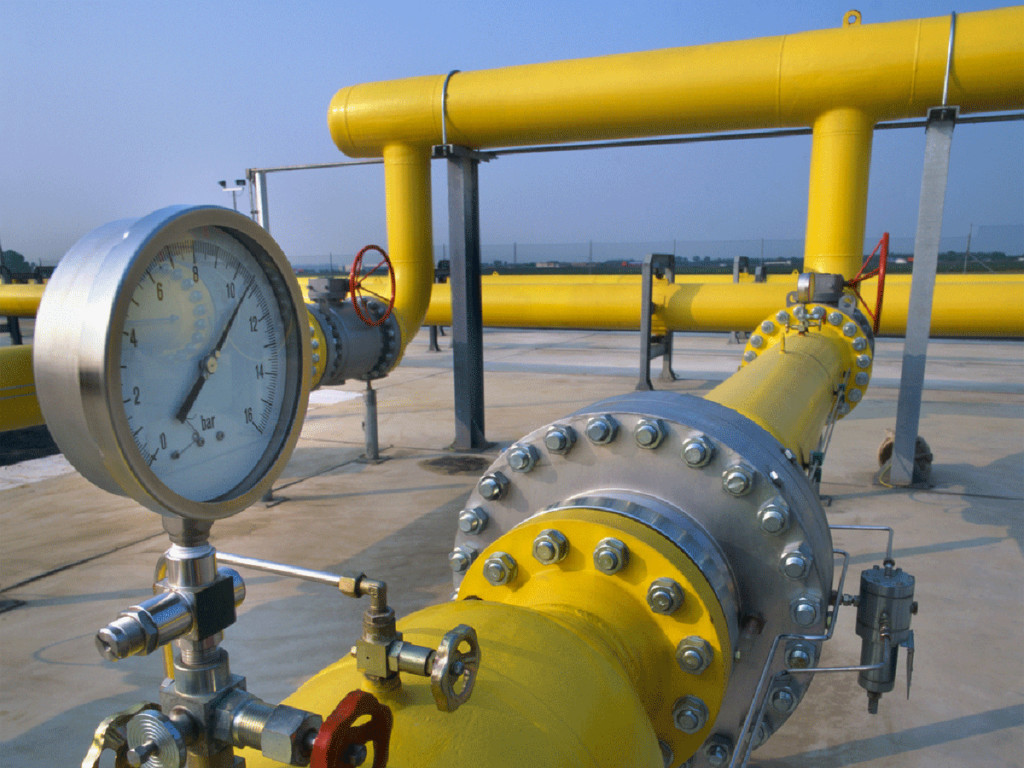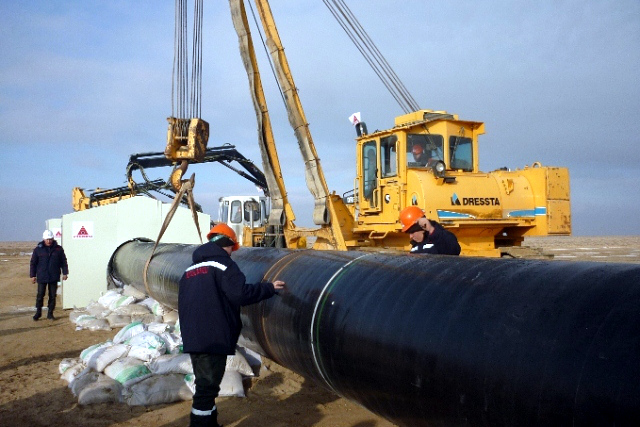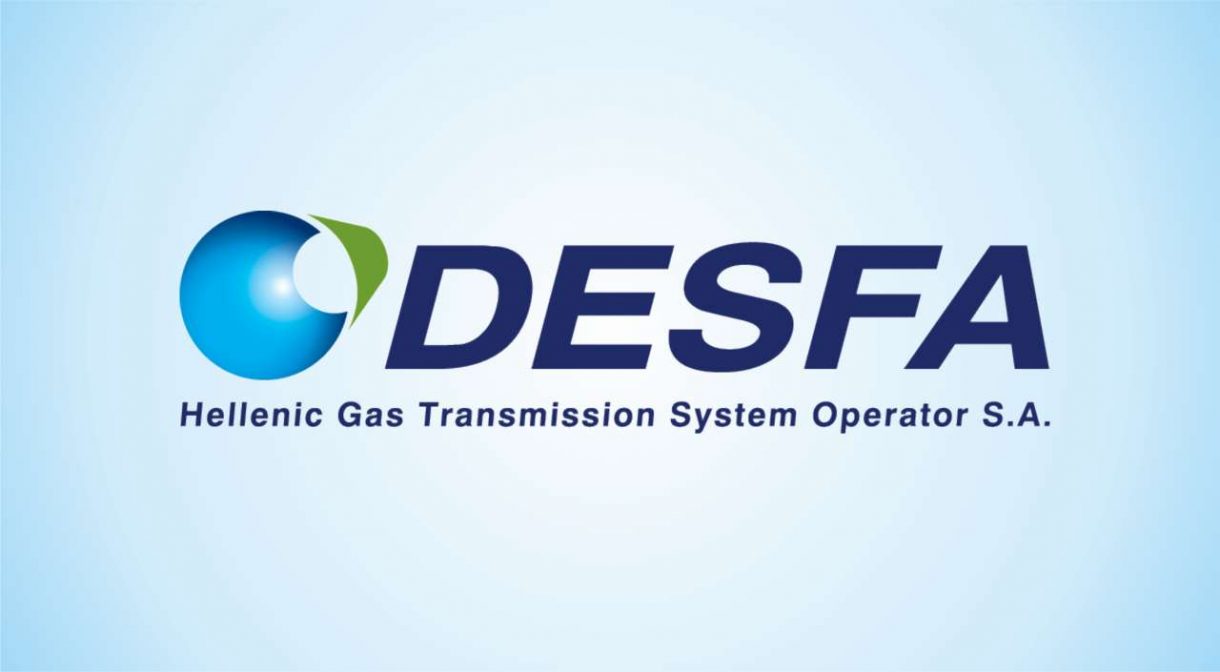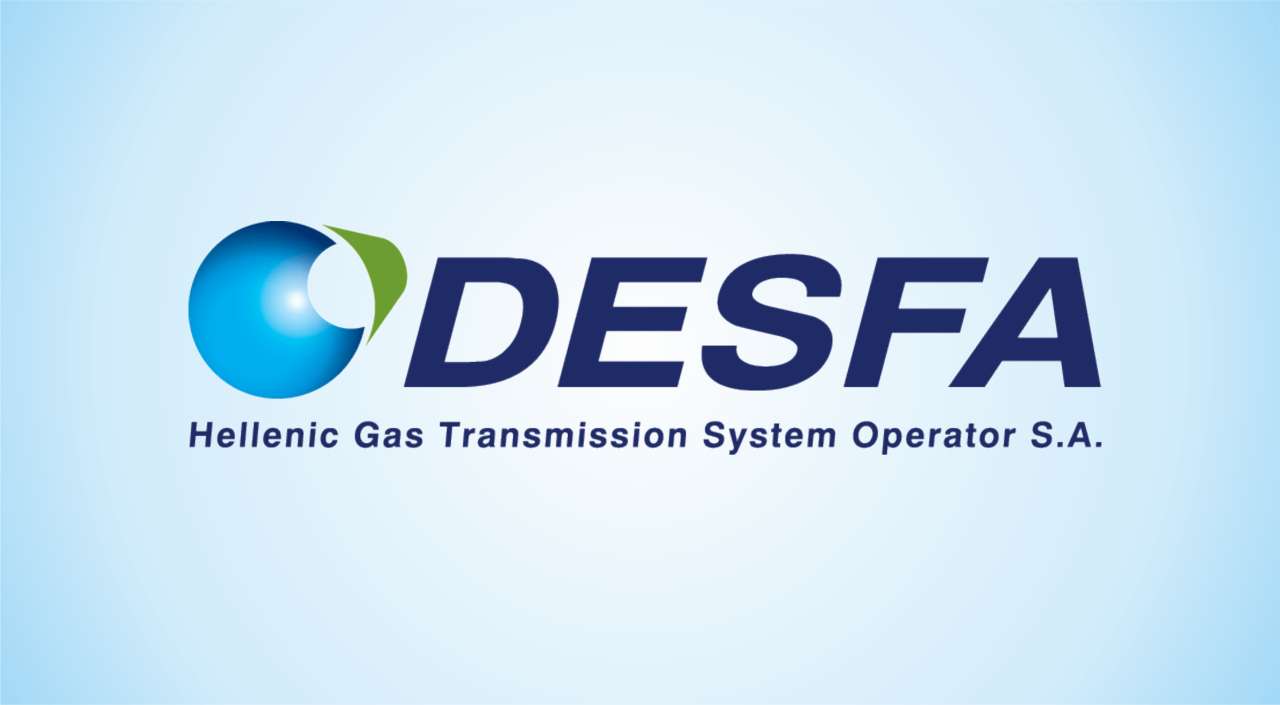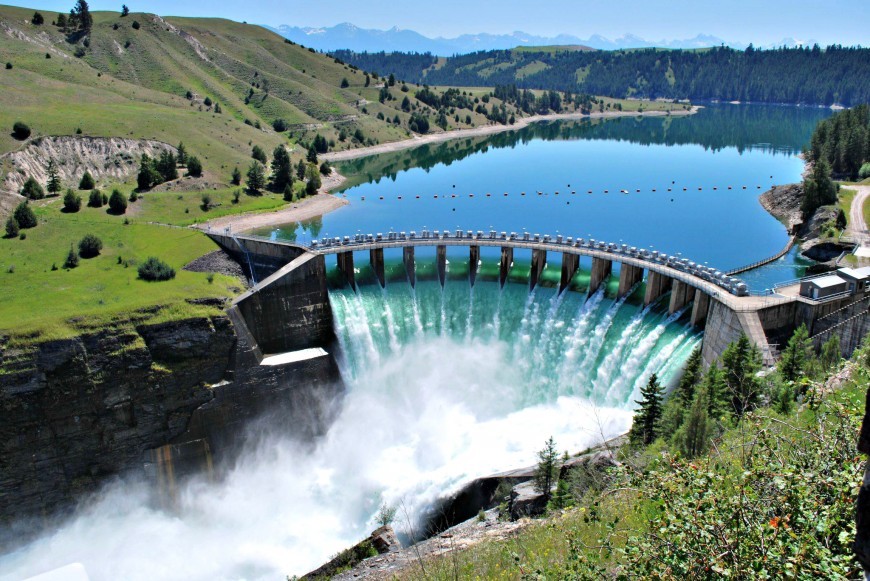
When hydropower isn’t green: hydroelectric emissions
 Hydropower is often considered a clean energy source, free of climate-warming carbon dioxide emissions. But although dams have been demonized for disrupting fish migrations and flooding valleys inhabited by families for generations, this so-called renewable form of energy has largely escaped scrutiny for its climate impacts. After all, how could the atmosphere be harmed by letting a river flow through a few energy-generating turbines encased within a 50-foot wall of concrete and steel?
Hydropower is often considered a clean energy source, free of climate-warming carbon dioxide emissions. But although dams have been demonized for disrupting fish migrations and flooding valleys inhabited by families for generations, this so-called renewable form of energy has largely escaped scrutiny for its climate impacts. After all, how could the atmosphere be harmed by letting a river flow through a few energy-generating turbines encased within a 50-foot wall of concrete and steel?
Hydropower is the world’s leading form of renewable energy, accounting for more than 16 percent of global electricity generation. But dam enthusiasts who tout hydro’s climate credentials may not like the news about its emissions numbers.
Studies conducted over the past decade have shown that greenhouse gases, such as carbon dioxide and methane, are produced by hydroelectric systems in potentially huge amounts.
In some cases, emissions from hydropower can even exceed those that would have been produced from burning conventional fossil fuels instead. For example, a 2014 study finds that the Curuá-Una Reservoir in Brazil emitted 3.6 times more greenhouse gases than would have been emitted had the electricity come from oil.
How hydroelectric dams produce greenhouse gases
When a dam is built for energy generation, the land upstream of the impoundment is flooded. The more than 45,000 large dams built around the world cover a combined area the size of Montana (Barros et al., 2011). For many, within their depths lies former forest land.
As the submerged trees, grasses, shrubs and soil decompose, microbes convert the carbon stored in the vegetation into gas that can bubble up to the surface and escape to the atmosphere. Carbon trapped within the soil percolates out in the form of carbon dioxide.
Age matters. Studies show that younger reservoirs may be bigger emitters than older ones, because most carbon is released from drowned vegetation within the first several years of flooding.
Location matters, too. Emissions seem to be highest from dams built in the tropics, presumably because higher temperatures give decomposer microbes the metabolic boost to do their work.
Methane matters
Methane is of particular concern. The gas is made anywhere methanogenic (methane-producing) bacteria can thrive without oxygen — so, in the guts of pigs and people, peat bogs and permafrost. Unfortunately, methane is also 25 times more potent a planet warmer than carbon dioxide over 100 years. And warm, tropical places can produce more of it.
Methane has plenty of opportunities to escape during the hydropower process: It bubbles up from the oxygen-free muck that accumulates at the bottom of reservoirs. It is churned out in the spray coming off spinning turbines. For miles, it wafts off the newly agitated surface of the river downstream from a dam.
So much methane is produced that studies suggest more than 20 percent of what humans are responsible for may come from dams, which may be releasing up to 104 teragrams of the gas annually. (This may be more than all the methane produced per year from burning fossil fuels, according to NASA.)
Lack of information or regulatory failure?
Of course, impacts from big hydro projects go beyond greenhouse gas emissions to include altered land use, the collapse of migratory fish populations and the displacement of people. Coastal erosion can occur downstream from reservoirs when sediment becomes trapped behind dam impoundments, preventing the silty particles from reaching the sea where they build and stabilize coastlines.
Despite large hydro’s detrimental impacts on life, land and atmosphere, many nations fail to include emissions associated with dams in their total greenhouse gas reporting. This gap in information makes hydro emissions difficult to track — and to regulate.
Most hydropower is concentrated in Asia, but more than 150 countries employ the technology for at least some of their energy. The Worldwatch Institute reports that “in 2008, four countries — Albania, Bhutan, Lesotho and Paraguay — generated all their electricity from hydropower,” and “15 countries generated at least 90 percent of their electricity from hydro.”
Moreover, when nations have made steps to report hydro emissions, the international hydroelectricity industry has attempted to muddy the waters by downplaying the amount of carbon degassing from their projects.
Take down the dams?
Before you think tearing down all dams is the answer, consider this: Taking down a large dam may actually release more greenhouse gases from the newly exposed, carbon-rich soil than were produced throughout the entire life of the dam.
For example, decommissioning Arizona’s Glen Canyon Dam in the United States, which provides power from Lake Powell, would theoretically produce nine times more methane following takedown than all the methane produced during Glen Canyon’s 100-year operation.
What is the solution?
What many believe would be a good first step is for the Intergovernmental Panel on Climate Change, the world’s foremost scientific authority on the subject, to ask all participating nations to report greenhouse gas emissions from hydroelectric reservoirs. Can that happen with so many questions left unanswered?
More research on the climate impacts of hydropower is needed, in more places and at all stages of big dams’ lifecycles. Until then, policymakers may be overlooking a potentially significant contributor to climate change, perhaps difficult to calculate but ever present, hidden at the bottom of a placid reservoir.

